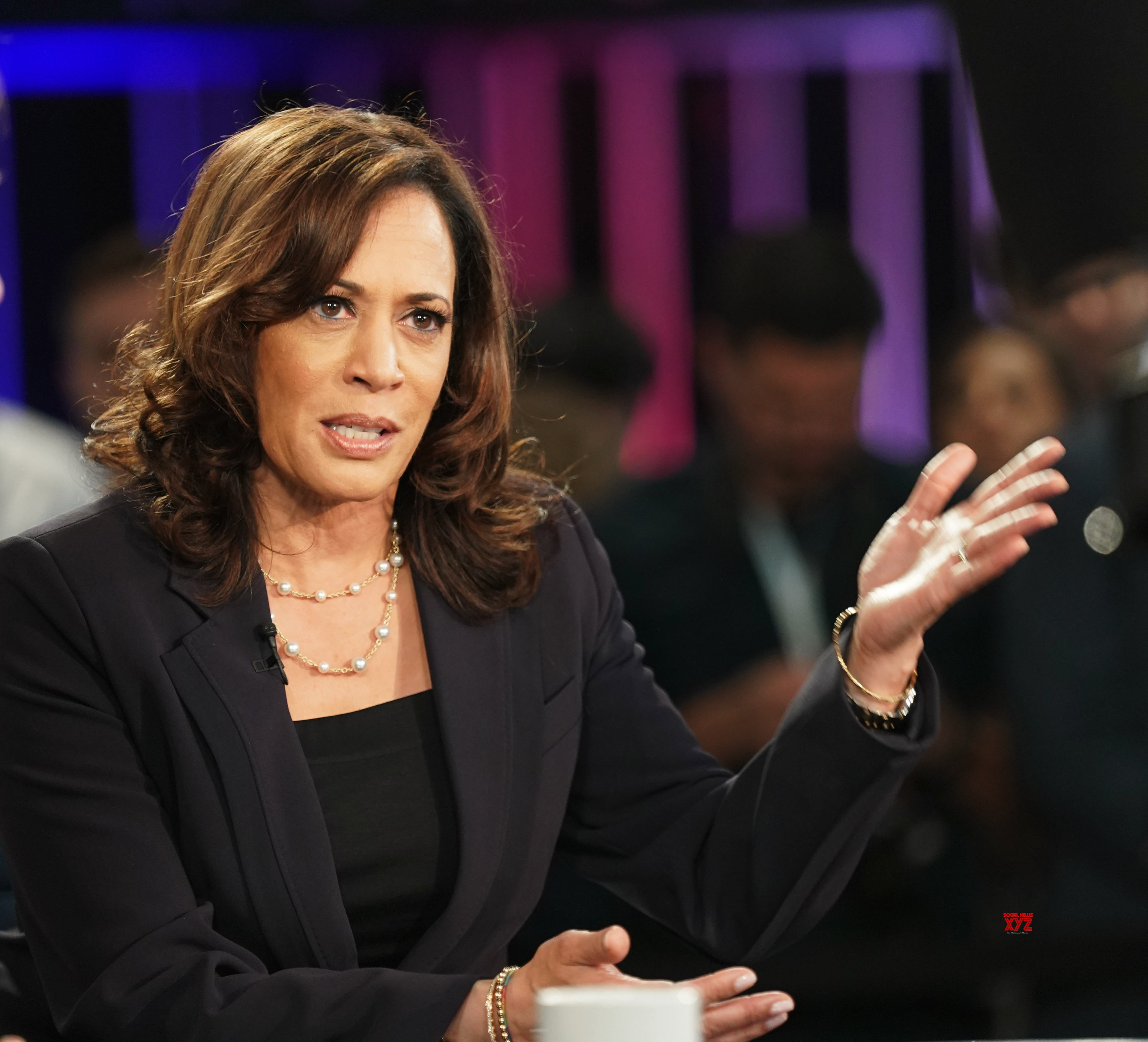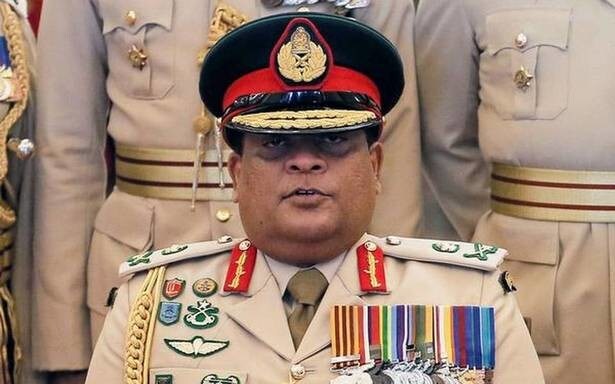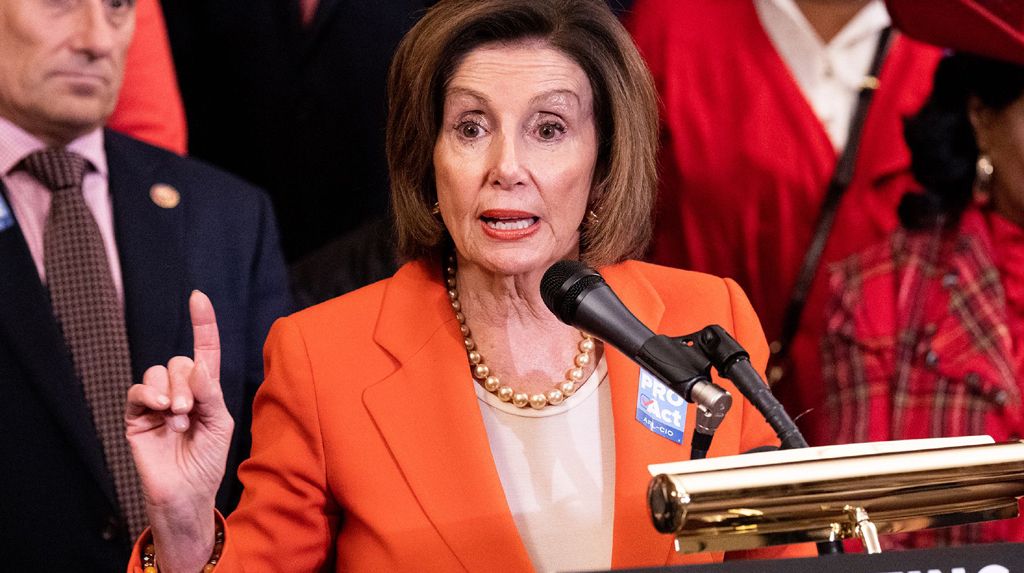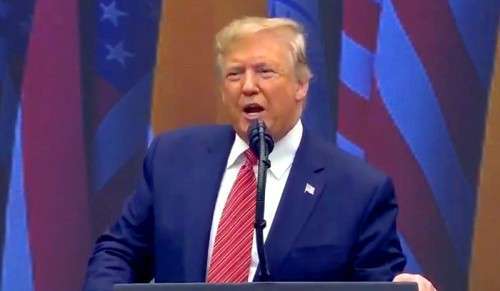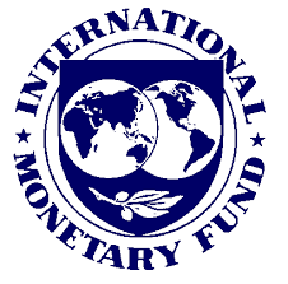 WASHINGTON: Calling for a whole set of structural reforms, the International Monetary Fund has said there is no reason why India could not resume an eight or nine per cent or even higher growth rate in the coming years.
WASHINGTON: Calling for a whole set of structural reforms, the International Monetary Fund has said there is no reason why India could not resume an eight or nine per cent or even higher growth rate in the coming years.
The IMF has at least at this stage pegged a kind of medium-term growth for India at around “7 3/4 per cent if, a lot of the structural reforms can be introduced.”
“There’s certainly no reason why India could not resume 8, 9, even higher growth path going forward, but it will take some time to introduce these measures,” Assistant Director and Mission Chief for India in the IMF’s Asian and Pacific Department, Paul Cashin told reporters yesterday.
Joining the conference call from India, Fund’s Senior Resident Representative, Tom Richardson, said, “We have for a couple of years and continue to urge a whole set of structural reforms that are going to be business-friendly, going to be growth enhancing. Including, particularly in the power sector.”
“In addition, land acquisition, land rights going to be very important to clarify that and to move forward in a way that allows projects to kind of be initiated clearly and implemented.
“We see a number of agricultural sector reforms to improve the efficiency of the farm sector more generally.
Observing India still has a fairly heavily state-dominated food system and the whole public distribution for food is unusual by international standards, Richardson said IMF wants to see ways of moving toward more market-based agricultural outcomes.
Direct benefit transfer, using cash transfers to provide the subsidies and the food security act are going to be a way to move in that direction, he added.
“Finally, from an infrastructure standpoint, a lot of the infrastructure will have to be public infrastructure,” he said.
Cashin also said, “We certainly see India’s near-term growth has improved, and the balance of risks is now more favorable in the economy. Helped by increased political certainty, some good policy actions, and better business confidence.”
“In terms of risks we see the main external risk to India being from a resumption of global financial market volatility.
But we also recognize that India is much better positioned to deal with such volatility than it was in the middle of 2013.–PTI

